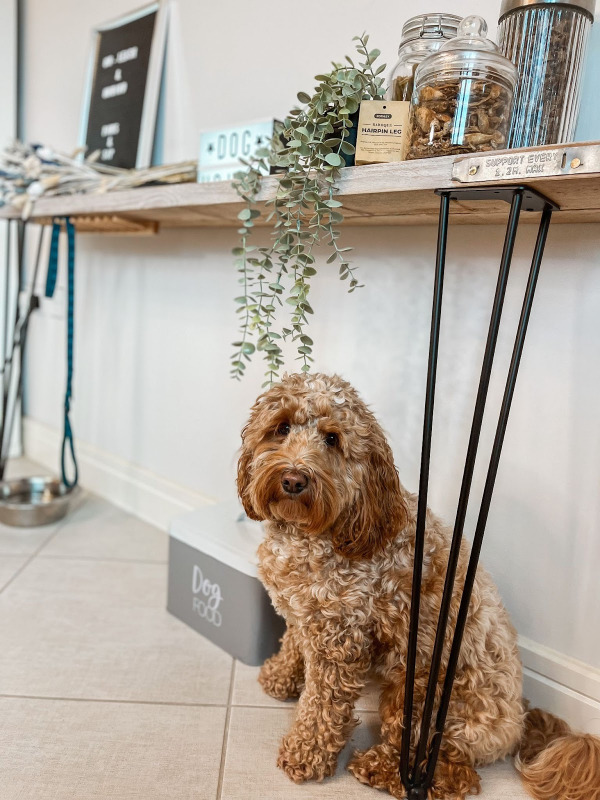search
date/time
 | Yorkshire Times A Voice of the Free Press |
2:00 AM 25th June 2022
lifestyle
Top Interior Design Tips For Homes With Pets

photo credit Rothley Hairpin Legs from influencer @_grayson_maisie_
According to recent data, 62 per cent of UK households have a cat or a dog. Having pets requires the space to be safe and can also cause a mess quickly and easily if the environment isn’t pet-friendly.
The interior design people at Shuttercraft share their top tips on how to pet-proof a home without compromising on safety and design.
Upholstery and furniture
Whether your furry friends spend a lot of time in the human seats or just walk around the house, some fabrics are definitely to be avoided. Velvet is a magnet for fur - so any velvet sofas or curtains would need regular cleaning. Mohair, corduroy, velour and chenille are also to be avoided, and so are delicate materials like silk as they can get easily damaged.
 (1).jpeg)
Natural materials such as wicker and wood are also a risk as a young puppy may see those legs as its new chewy toy, so if buying new furniture, always go for metal accessories, like the so-trendy right now hairpin legs.
Window treatments
Pets tend to get into places us humans would never fit in - so make sure blinds are cordless or the cords are consolidated to avoid any tangling or nasty accidents.
 (1).jpeg)
Seen as natural wood’s more affordable cousin, MDF is a real winner when it comes to pet friendly shutters. Medium Density Fibreboard or MDF is more durable than natural wood - so perfect for homes with pets who like to scratch things. And it has an environmental bonus - as it’s often crafted from recycled wood.
Hard flooring
Hard floors are always the winner over carpet - not just for the training period, but also for those rainy days and muddy walks. Again, natural wood is not the best choice - as it can scratch easily and also stains very quickly. Laminate flooring or stone or ceramic tiles are best for pet homes, but if you must have natural wood, opt for harder materials like oak.
Pet-friendly paint
When planning paint jobs, always go for durable paint - also works wonders for homes with young children. Most paint brands offer durable wipeable paint ranges, especially suitable for high traffic areas like the entrance to the home. That way you won’t have to worry about cleaning the dogs before they set paws through the door.
Separations where needed
 (1).jpeg)
Many dog owners get creative with their home design and create a special treat or play area. It’s super easy to make with the right pet furniture - or by putting some wood and hardware accessories together. Train your pet with treats to encourage it to go to the special area at a designated time - like a bedtime routine.
https://www.shuttercraft.co.uk/